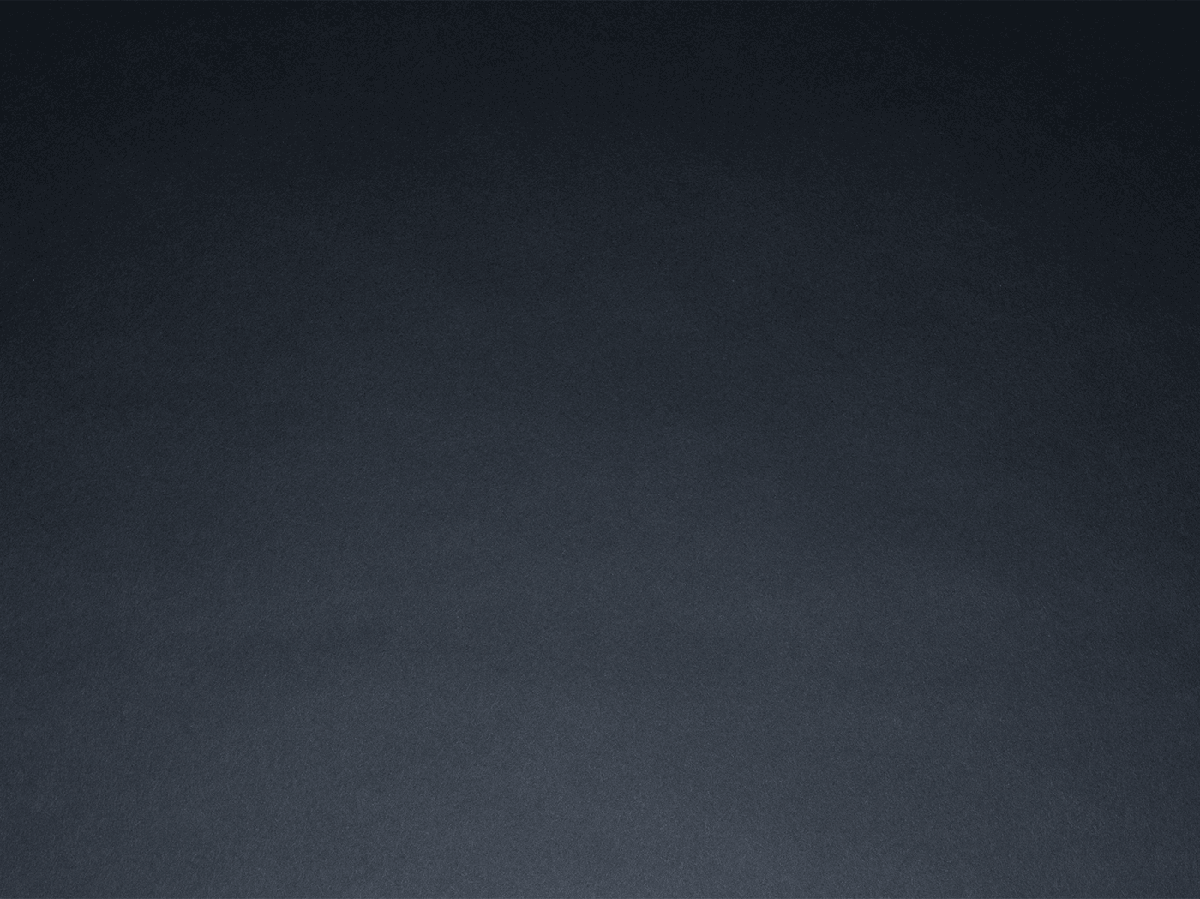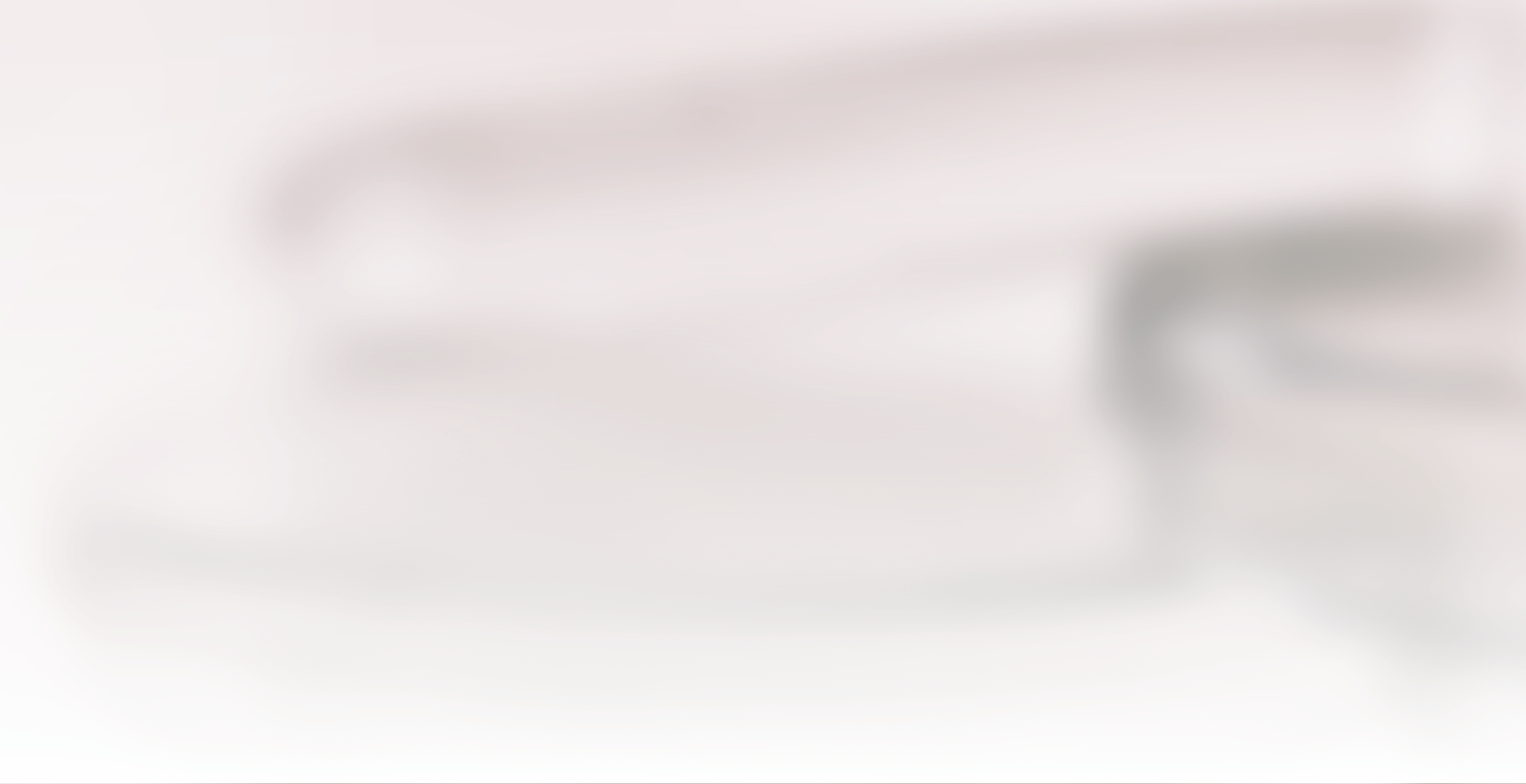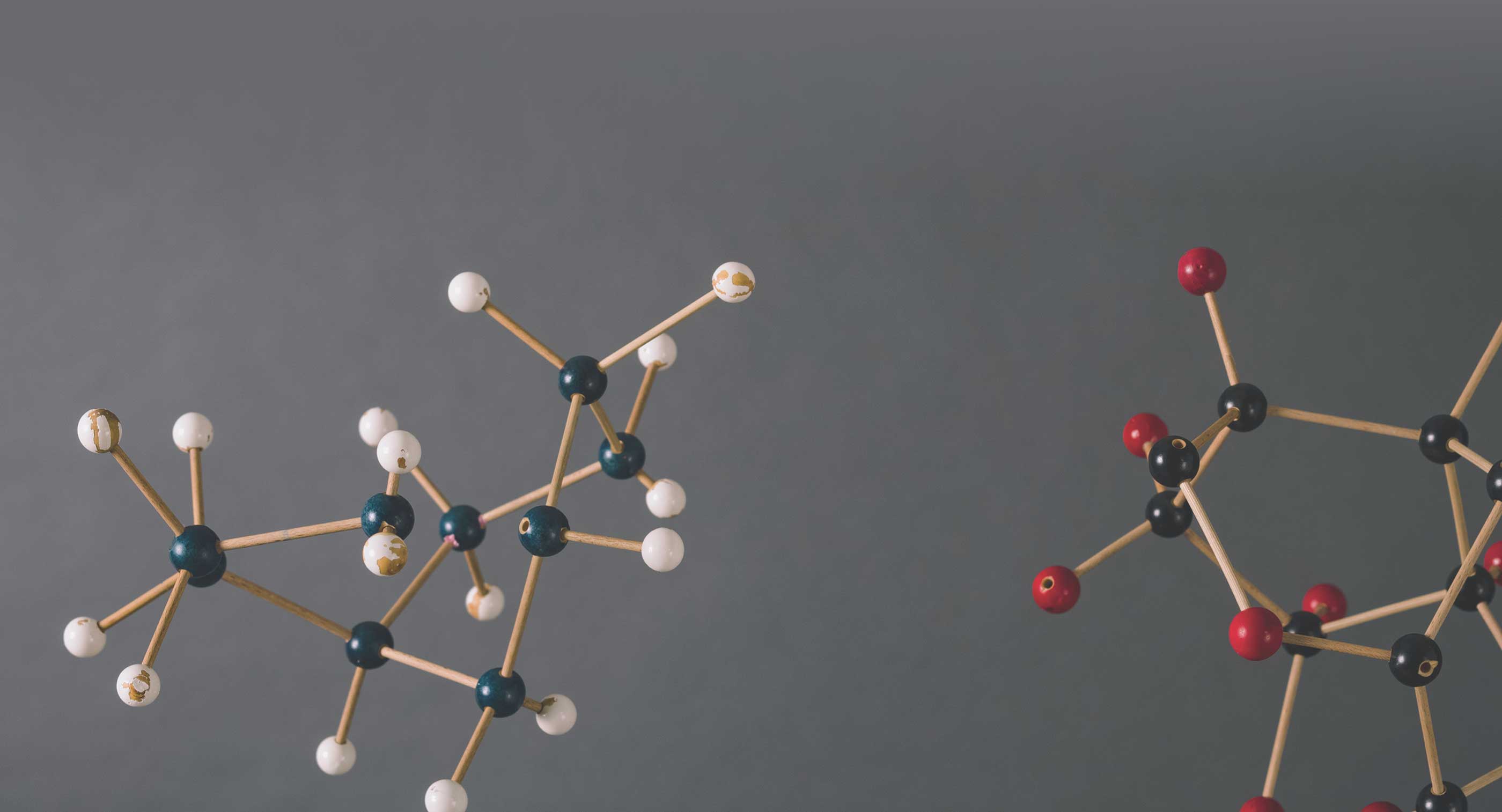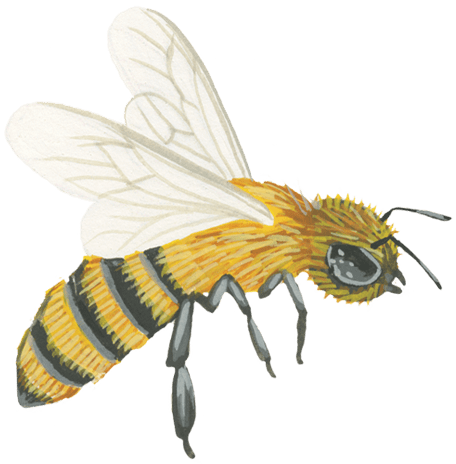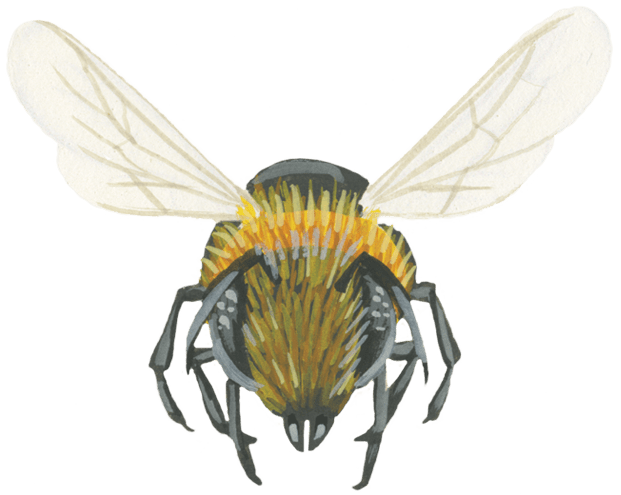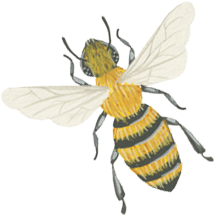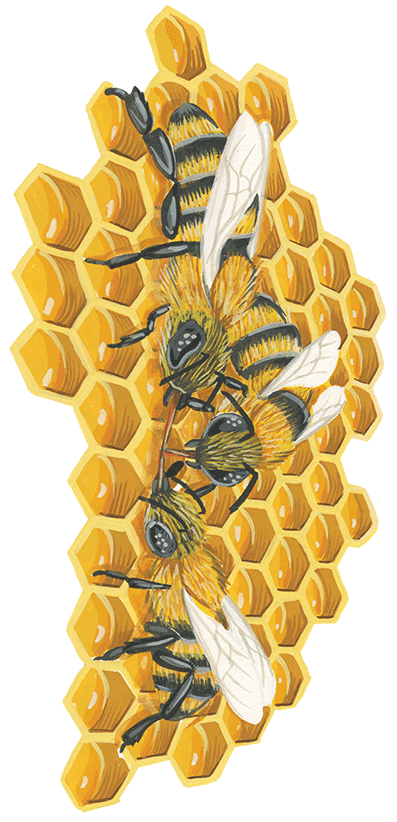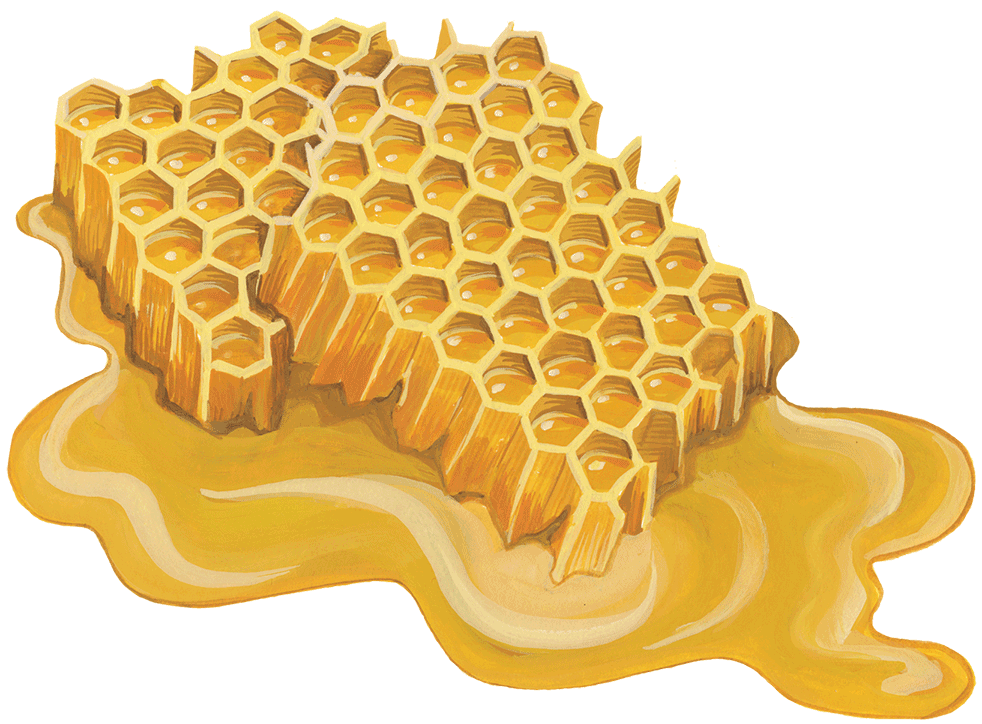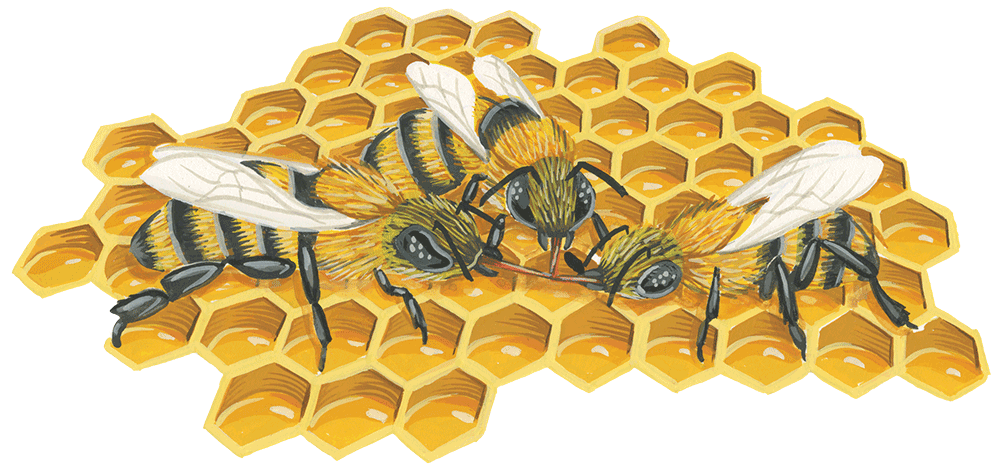The preservation timeline
Throughout history, people have found innovative ways to keep food, drink and cosmetics clean, fresh and safe to use without the use of fridges, freezers, chemicals or handy tupperware containers. Take a trip back in time to see how the history of preservation has unfolded.
